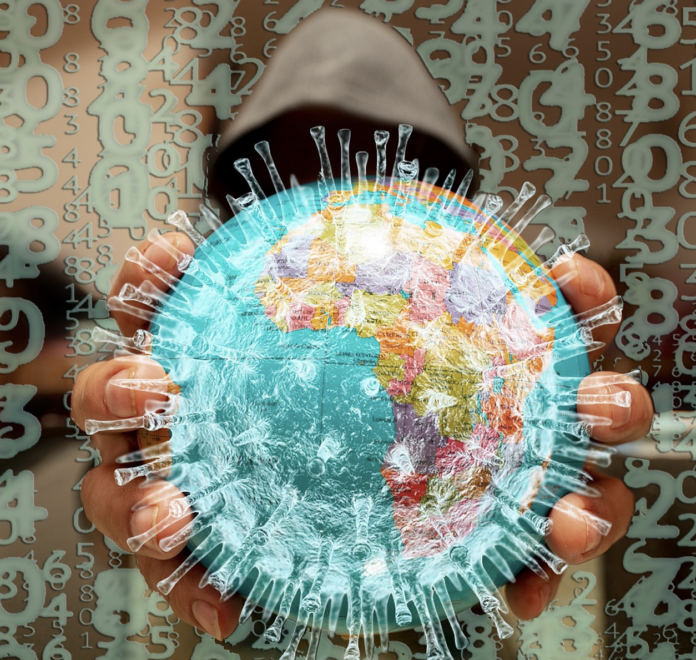Post Post Corona
-
Listen to This Newsletter
Audio Recording by George Hahn
Three years ago today there were 53 known cases of Covid-19 in the United States. The first U.S. death was recorded five days later at the EvergreenHealth Medical Center in Kirkland, Washington. At that point, the only lockdown was in a city that would become the most famous on Earth: Wuhan.
Within weeks the world came off its axis. As we grappled with a new societal playbook of masks, social distancing, lockdowns, and death, markets tanked and then … ripped. Wall Street set new expectations of an economy in which Peloton would supplant Nike and Bitcoin the dollar. For a moment, Zoom was more valuable than Exxon.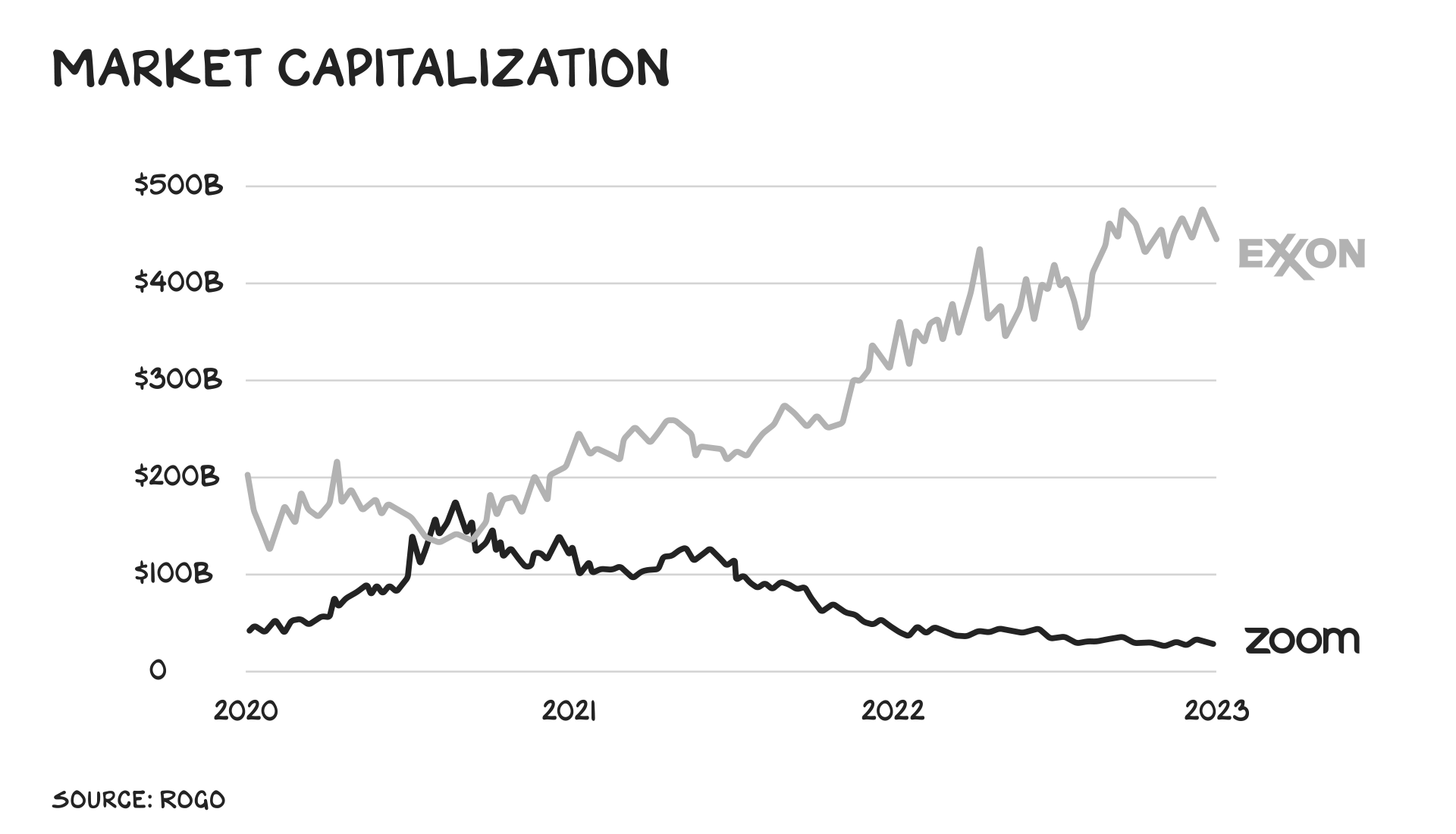
For the first time in 30 years, I wasn’t spending 10-plus days per month on the road, and, with my newfound time, I decided to write a book about the world. More specifically, what the world might look like once the dust settled. Anniversaries are useful, as they prompt reflection, and this is an opportune juncture to look back at how we thought today would look then. Even the title of the book stirs nostalgia: Post Corona, as we all called the illness corona back then.
E-Commerce
The opening chapter, “The Great Acceleration,” was a summation of what Lenin said: “Nothing can happen in decades, and then decades can happen in weeks.” (Actually, it wasn’t Lenin, but Scottish MP George Galloway — no relation. Lenin sounds more gangster.) Put another way, Covid’s changes, considered strange or irregular at the time, were in fact preexisting shifts unfolding on an expedited timeline.
The exemplar of “The Great Acceleration” was supposed to be e-commerce. Between 2000 and 2020, e-commerce penetration had grown half a percentage point each year. Then Covid hit, and overnight e-commerce exploded by a third. In the U.S., 16% of all sales were being conducted online.
Then, just as the book hit the shelves, the e-commerce rocket ship did a U-turn and burnt off a point and a half before flattening at around 14.5%. Where it stayed until completing its regression to the pre-Covid trend. The Covid bump was a blip. Something we didn’t foresee intervened — a global supply chain gunk-up that contributed to a global inflationary cycle. It’s worth noting: One supply chain that endured, largely uninterrupted, was the internet. There were no significant outages, and people were able to get Tiger King, video conferences, and (available) groceries delivered into their homes pretty seamlessly.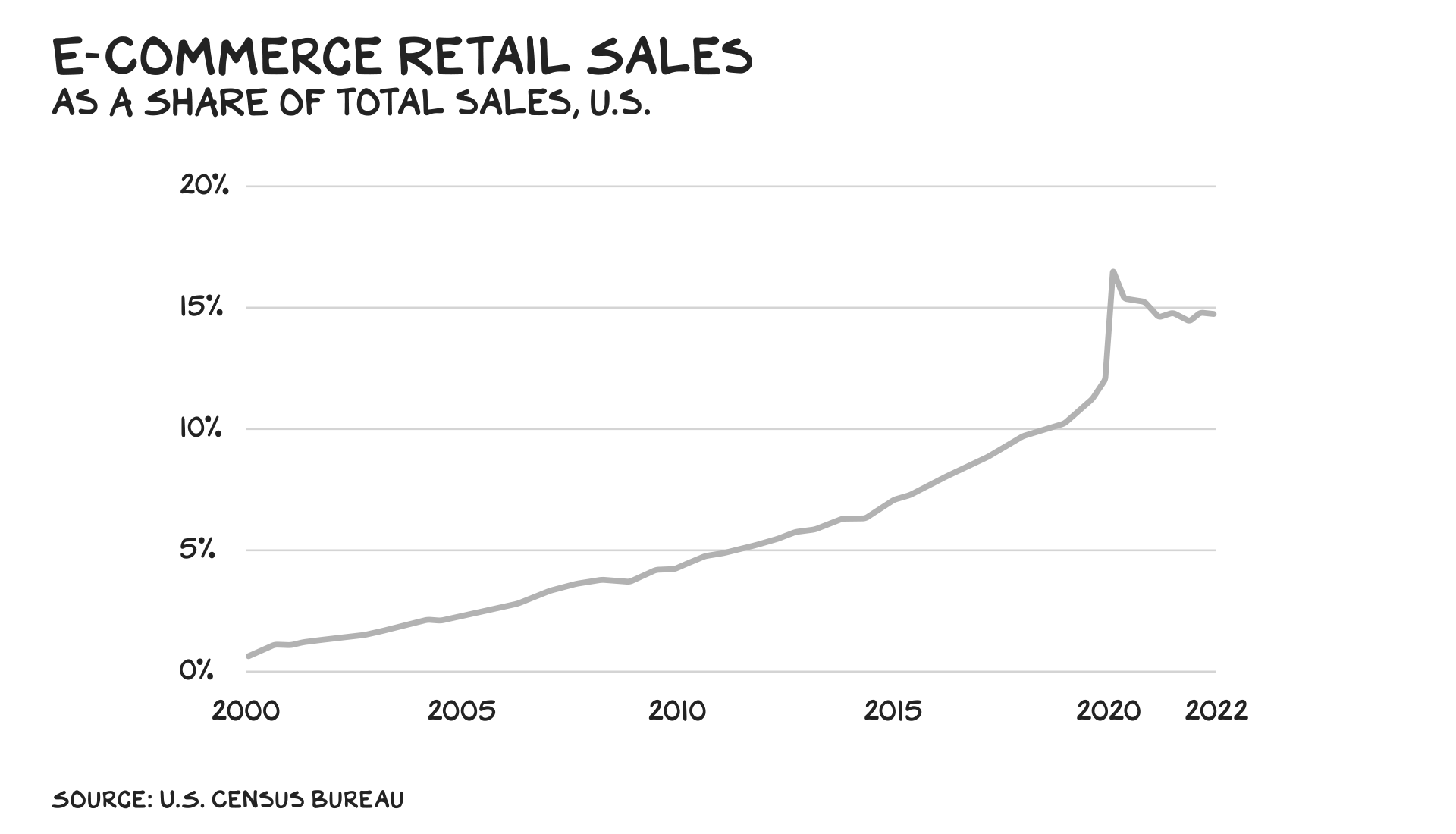
One Covid-prompted shift within e-commerce may prove structural: food. Grocery and meal delivery had both been startup graveyards — nobody had been able to get to the required scale. A multitrillion-dollar opportunity left to the family pizza shop and the corner grocery (RIP, Webvan). Then, in 2020, the food delivery market doubled. Unlike e-commerce though, it kept growing. Today grocery delivery vans are ubiquitous and Chick-fil-a is opening break rooms specifically built for couriers.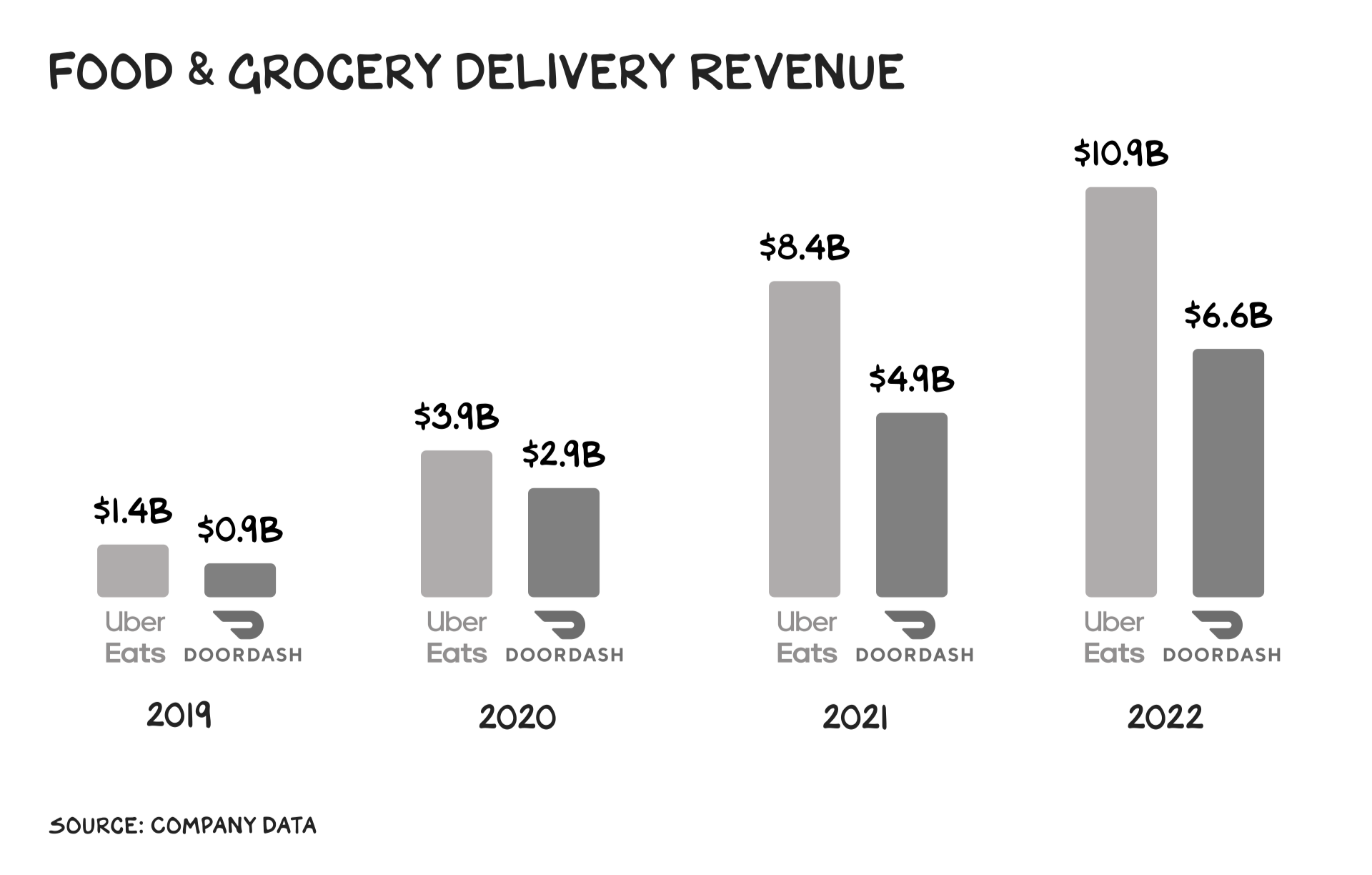
WFH
Post Corona, page 18: “Of everything wrought by the pandemic, perhaps the most visible and widespread trend acceleration is the radical transition to working from home. The dispersal of work has arrived …. Post corona, working from home on Friday (or Monday, Wednesday, and Friday) will be a new normal.”
We got this right. In the third grade, I was once so sick I threw up on Debbie Brubaker and passed out. The nurse called my Mom … and my Mom wasn’t allowed to leave work to come get me. My first job was at Morgan Stanley at 1251 Avenue of the Americas in Manhattan. The firm had many commandments, but first among them: I had to be in the office before anybody senior to me, and not leave until they were all gone.
Today, foot traffic at 1251 is down 50%, as is office occupancy elsewhere across the largest U.S. metros. New construction is down 38%. Some commercial landlords are offering free rent. Remote work in Tokyo has jumped from 3% to 14%, and peak-hour demand for the London Underground (the tube) is down 30% from 2019. Manhattan workers are spending $12.4 billion less per year in the city ($4,661 per person), thanks to working 30% fewer days in the office.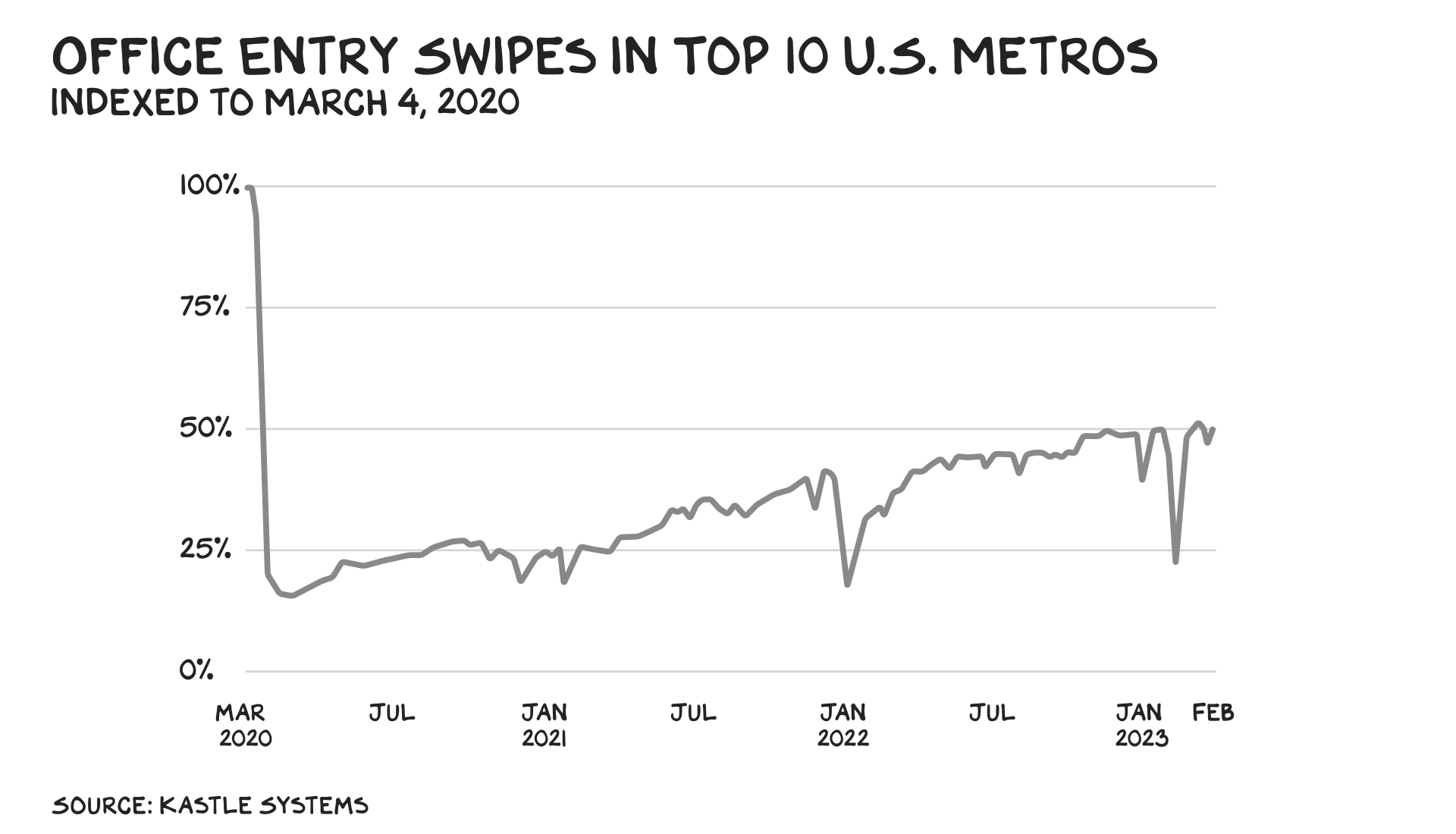
This, too, was an acceleration. Peter Drucker, the most important business theorist of the twentieth century, said office buildings would be similar to the pyramids: We’d come to marvel at them, but they’d serve no functional purpose. The tectonic shift in the plates of labor and corporations has unleashed an earthquake whose aftershocks we can’t yet register.
Something I missed in Post Corona is how leverage would shift to labor, which would exercise that leverage by refusing back-to-work orders/mandates/requests/pleas. WFH is now viewed as an inalienable right. There’s upside, but there’s also a lot the younger generation is missing out on: mentorships, greater chances for promotion, learning how to act in groups, friendships, and romantic relationships — 15% of Americans met their partner at work.
Higher Ed
Thirty pages of the book discuss higher education. My position: Higher ed is a product whose value proposition would stop making sense in a post-Covid world, and colleges would overhaul their business models in response. That is, dramatically expand enrollment, offer robust online accreditation, raise acceptance rates, and build satellite campuses in less wealthy parts of America (i.e., in Jackson, Mississippi, not Beijing or Dubai).
It was a nice idea that received a lot of media attention, and for a moment I thought I’d broken through. But the price-fixing cartel that is higher education, and their brands, proved more enduring than my vision. Colleges doubled down on exclusivity. 2021 was the toughest year in history to get into an Ivy League school; the average acceptance rate went from 7.3% to 5.7%. Meanwhile, the average private college tuition (which has grown at triple the rate of inflation over the past five decades) reached nearly $40,000 per year.
Red/Blue
One of my more niche Post Corona predictions: Twitter would switch to a premium subscription model. I felt Twitter didn’t have the scale to compete on an ad model, and its ad tools were substandard. I tried to get the company to make this change myself, advocating as a shareholder and as a writer, to no avail. I was even putting together an activist investor team to put capital behind my ideas when … this bullshit broke out. I doubt any prediction I’ve made will prove correct in a more unpredictable way. Elon’s antics dealt Twitter’s advertising-based model its fatal blow, but it was a mercy killing — the platform’s only hope has always been subscriptions. Musk’s vision for subscription will be realized … at Meta, which has likely learned from Musk’s disastrous roll-out that offering subscriptions with identification verification can have real benefits. Smart.
Subscription vs advertising, iOS vs Android, Red vs Blue, it’s a divide that’s deepening elsewhere. Twitter and Meta’s subscription products give users perks that include greater reach and visibility online — in other words, pay-to-play speech. Dating apps are testing offerings that reserve the “best” potential mates for paying subscribers — with some entry prices reaching as high as $500 per month. Since Covid we’ve seen the arrivals of Snapchat+, Uber One, Netflix Premium, Instacart Express … the list goes on.
Telehealth
This is another enduring feature of the pandemic that could yield huge societal benefits. The percentage of virtual visits exploded tenfold during the crisis. And while they’ve come down, they are still much more common than pre-crisis. This week, Amazon closed its acquisition of One Medical and devoted its homepage to promoting the company’s dispersion of health care to smartphones and delivery vans. This writ large could be an enormous unlock: Evolve health care from a defensive, disease-driven industry to (wait for it) health care.
Observations of a Bystander
The worst thing about the world is that it is unpredictable and harsh. The best thing about the world is that it is unpredictable and joyous. There were examples of each few saw coming.
Financialization/Politicization of Everything
Though we misread some of the implications, I believe acceleration was the macro effect of the pandemic. America becomes more like itself every day. Our media complex runs increasingly on the capitalism of enraging and catastrophizing, and we’ve become colorblind to nuance, seeing only green (money), red (conservative), or blue (progressive). Zoom and Moderna brought innovations to maintain productivity and reduce death. But they were also, maybe moreso, opportunities to make money. The last refuge from politics should be science. Argue about ideas and, once the data is in, coalesce. No longer. Somehow masks and vaccines became the deep state and a progressive plot. We ignored whichever data ill-fit our agenda, either facts about the transmission of the virus or the evidence in front of us of the toll our preventive measures were taking on kids’ emotional and mental health. The Guardians of Gotcha still haven’t acknowledged that obesity won’t help you find an inner truth, but an ICU.
None of the top hundred television channels are focused on health (the Food Network doesn’t count), but CNBC, Fox News, and MSNBC enjoy robust ratings fueling our green, red, and blue obsessions. In America, more than a million people perishing is bad, but the Nasdaq declining or not taking a principled stand against the other “side” is a tragedy. And where we once exported Mickey Mouse and Levi’s to the globe, extreme factionalism and election denialism now top our export rolls, seemingly trying to make the world more like America every day.
Team USA
As insane as things got — remember banging on pots and washing our mail? — America cemented its position as the premier superpower. The most important product of the century thus far was not an app or a rocket ship, but the vaccine. And, as with phones and chips, we make the best. Nobody is lining up for Chinese or Russian vaccines. Despite our own inability to recognize our strengths, or even one another, the performance of our government, companies, and supply chain is the strongest buy signal for USA, Inc.
We are still processing the loss of 1.1 million Americans — the population of Las Vegas and Tucson combined. One of them was my cousin, Andrew Levene. On any list of people vulnerable to the virus, Andy would have been at the bottom — young, strapping, slim. The U.K. and U.S. branches of my family haven’t been together in two decades, but we’re gathering next month. Thousands of people had to say goodbye to their loved ones in the ICU over Facetime — it’s not a bad practice to imagine such a call and use that image as a reminder that the longer you go without seeing each other, the more you risk no longer having the option.
Best Thing
The best thing coming out of Covid is that people, in every part of the world, started spending more time helping people they will never meet. Planting trees the shade of which we will never sit in. This is how societies grow great.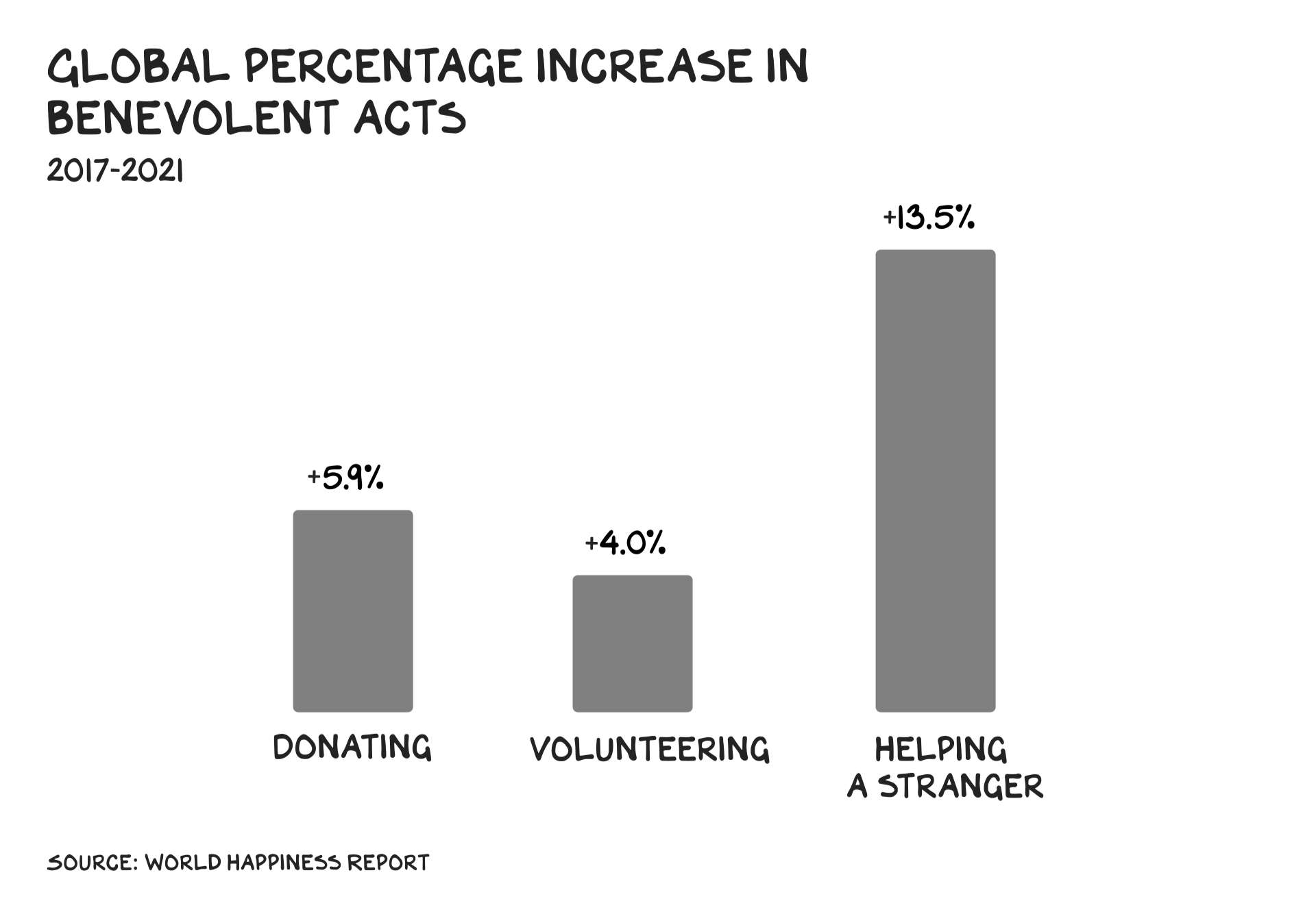
Life is so rich,
![]()
P.S. Every Monday, get our insights on Markets. On Wednesdays, we’ll answer your questions in Office Hours. And Thursdays we’ll share a Conversation — this week I spoke with Morgan Housel on the psychology of money. All on The Prof G Pod. To resist is futile.
P.P.S. The Productivity & Performance Sprint closes enrollment in a few days. Figure out what matters to you, then work backwards to make it happen. Sign up now.


